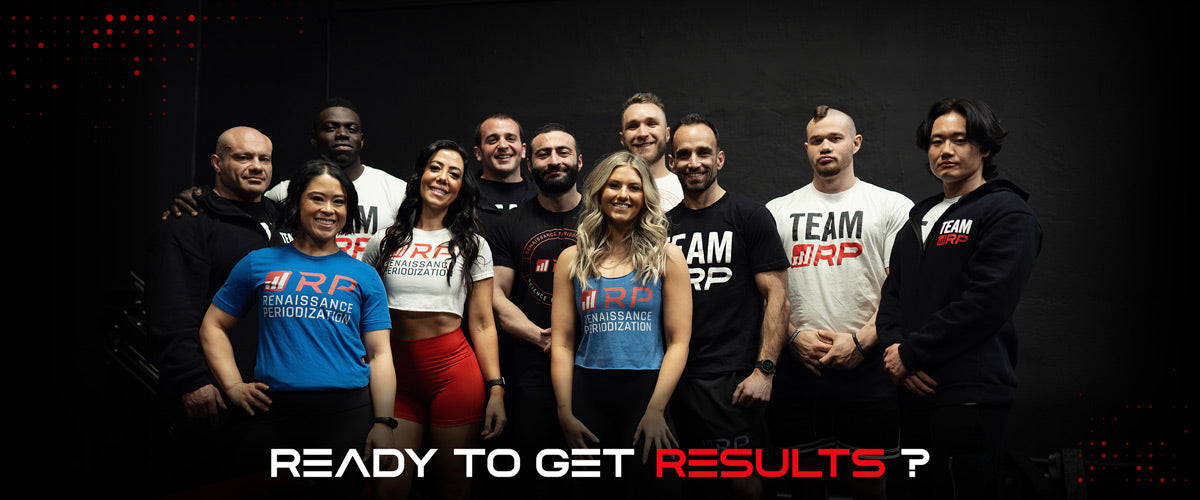By: Dr. Jen Case
Technique is by far the most important aspect of success in jiu jitsu. However, when two competitors are evenly matched in terms of technique, strength becomes a crucial factor.
As someone in my 40s who still wants to compete against athletes in their 20s, being physically stronger than my opponents helps offset the speed and flexibility deficits I face against younger competitors.
What Makes a Good Strength Plan for Jiu Jitsu?
When incorporating resistance training into your routine, you want the exercises to be:
- Applicable to jiu jitsu
- An efficient use of training time
- Not so fatiguing that they hinder your jiu jitsu practice
I recommend focusing on four major lifting movements:

This approach is both jiu jitsu-specific and time-efficient. Compound lifts allow you to target major muscle groups and smaller accessory muscles simultaneously, making each session more productive.
Why These Movements Matter
These compound movements directly translate to the demands of jiu jitsu. They involve multiple muscle groups and require core stabilization—just like the positions and transitions you encounter on the mat.
Pressing Strength (Bench Press Analogy)
Take bottom side control, for example. As you frame against your opponent, turn to your hip, and lift your torso slightly off the mat, you're essentially mimicking a bench press. You even engage your legs to generate force.
Even though your arms are bent and you're shrimping away during jiu jitsu—rather than having straight arms and pushing the weight away from you like in a bench press—the force production and muscle activation are the same.
Rowing Motions on the Mat
Rowing motions appear frequently in jiu jitsu. They can be:
- Fluid and dynamic (e.g., during an arm drag)
- Slower and more sustained (e.g., pulling your opponent toward you with double underhooks)
One of my favorite times to feel the rowing motion is during the cross-collar choke. As you secure a deep grip and start pulling, you're performing the same movement as a bent-over row – shoulders back and down, elbows pulling toward your rib cage, engaging your lats to cut off blood flow to your opponent’s brain.
Leg-Driven Power: Quads and Glutes
Strength training also pays off when you're driving into your opponent, whether:
- From top side control
- Or smashing through the butterfly guard
Your quads and glutes generate force to pin your opponent to the mat. These same muscles are also key when playing open guard, using your legs to off-balance or redirect your opponent.
Deadlifts and Hamstring Strength
The final major lift to consider is the deadlift. It’s widely regarded as one of the best lifts for building:
- Hamstrings
- Glutes
- Lower back strength
If you can include deadlifts in your training program, great. However, keep in mind that deadlifts create a significant amount of systemic fatigue.
When your jiu jitsu training is especially intense—like during tournament prep—the fatigue from heavy deadlifts can interfere with your mat performance.
Managing Fatigue: Smarter Hamstring Training
To manage fatigue, consider substituting deadlifts with other exercises that train the hamstrings without the same systemic cost.
The hamstrings are responsible for:
- Knee flexion
- Hip extension
Deadlifts hit both, but most other exercises only target one or the other. That’s why I like to pair two exercises in a training cycle to fully train both functions.
Examples of Effective Pairings:
- Good mornings + glute-ham raises
- Chest-elevated glute bridges + seated hamstring curls
By using thoughtful pairings and focusing on movements that transfer well to jiu jitsu, you’ll build strength that supports your time on the mat.
The Big Picture: Lift to Stay in the Fight

Incorporating strength training into your routine doesn’t mean shifting focus away from jiu jitsu—it means enhancing your ability to perform, especially as you age.
By prioritizing compound movements that mirror the demands of grappling, you can build functional strength that directly supports your game.
Whether you're:
- Defending from bottom
- Attacking from top
- Battling for grips
A stronger, more resilient body gives you a competitive edge.
Final Thoughts
Train smart. Lift with purpose.
Let your strength complement your technique on the mats.
If you’re looking for more guidance on how to structure your strength training around your jiu jitsu, I offer 1:1 coaching to help athletes build plans that fit their goals, lifestyle, and training schedule. If you want to take the guesswork out and maximize your time on and off the mats, feel free to reach out!
Find Dr. Case on…
Instagram: @drjenjitsu
